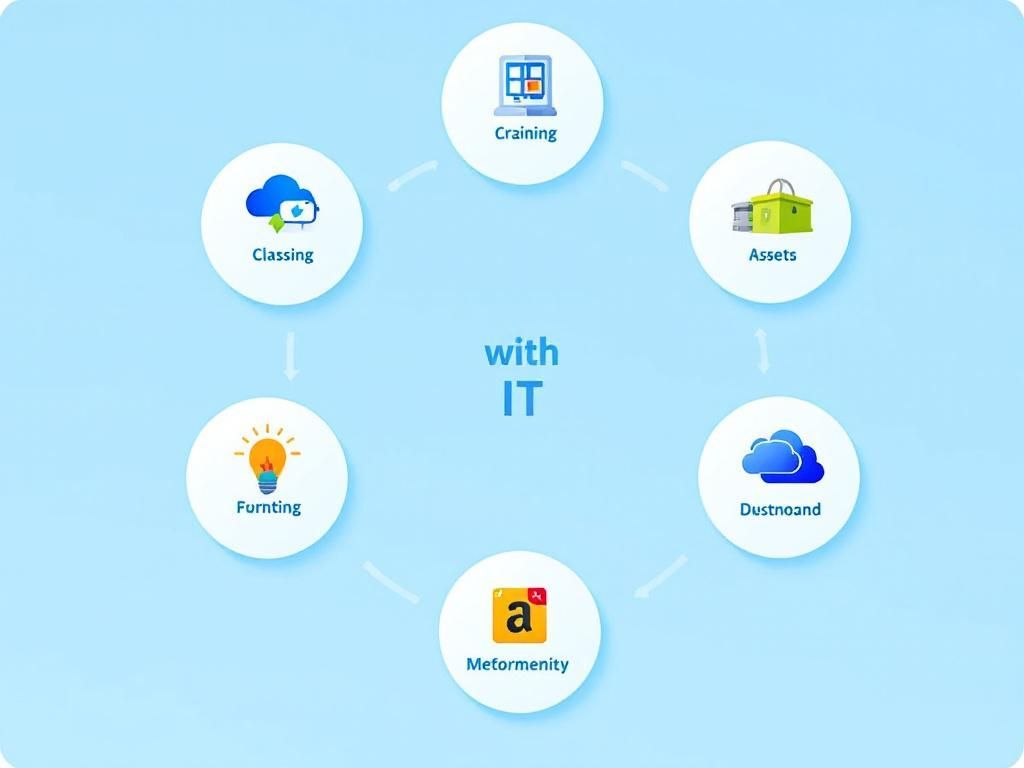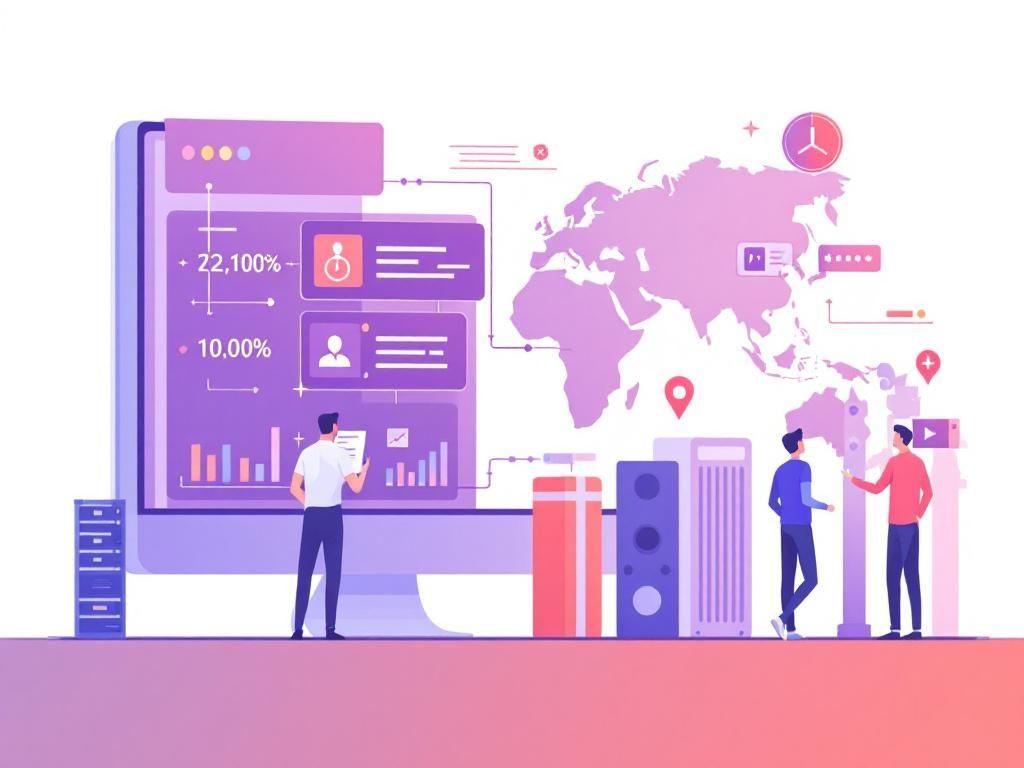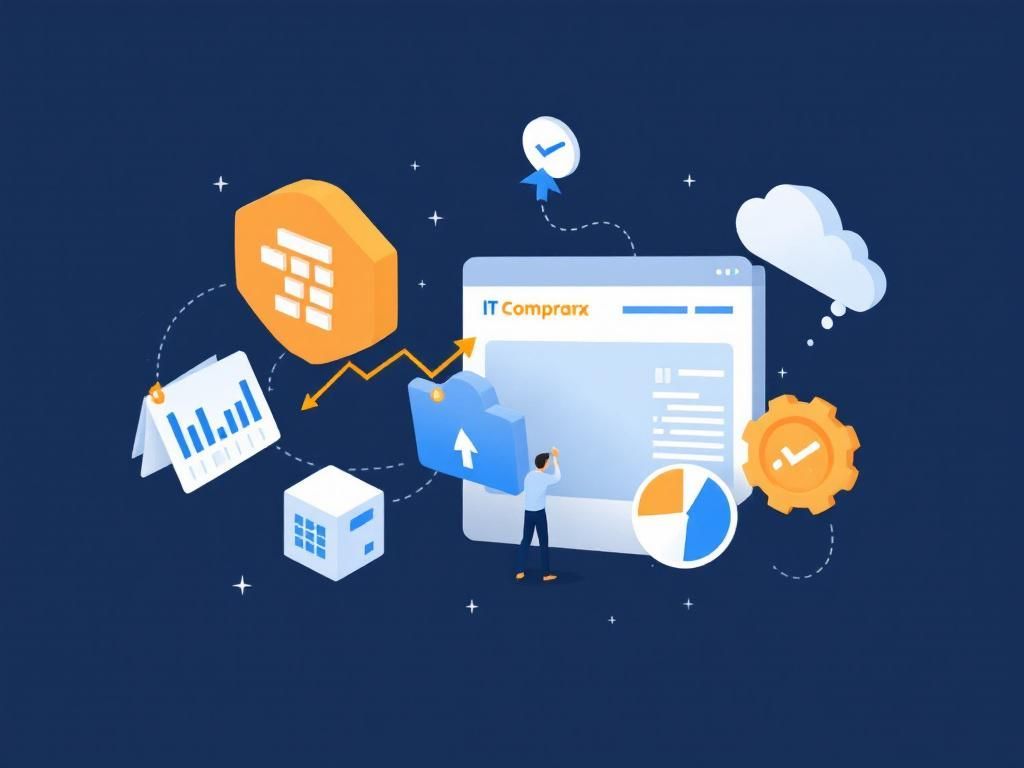Maximize Your IT Budget for Sustainable Growth
Discover effective strategies to optimize your IT budget and drive sustainable growth for your business in a competitive landscape.

In today’s rapidly evolving digital landscape, IT budgets are under continuous scrutiny. With the need for innovation and competitive edge, organizations are seeking effective strategies to optimize their IT expenditures while fostering growth. This article delves into various approaches that businesses can implement to not only manage their IT budgets efficiently but also ensure that their technology investments align with their growth objectives.
Table of Contents
Understanding IT Budgeting
Budgeting for IT is far more than just calculating expenditures. It requires a strategic approach that takes into consideration both current and future business needs. An effective IT budget should:
- Align with organizational goals
- Enhance operational efficiency
- Support innovation
- Facilitate risk management
Components of an IT Budget
When preparing an IT budget, various components need to be considered:
- Hardware Costs: Expenses related to physical devices such as servers, computers, and networking equipment.
- Software Licenses: Costs for software applications and licensing agreements.
- Cloud Services: Subscription fees for cloud-based solutions.
- Personnel Costs: Salaries and benefits for IT staff, as well as training expenses.
- Maintenance and Support: Ongoing costs for IT support, updates, and system upgrades.
Strategies for IT Budget Optimization
To achieve an optimized IT budget, organizations can adopt various strategies that focus on cost reduction, resource allocation, and improving return on investment (ROI).
1. Perform a Comprehensive IT Audit
Conducting an IT audit helps identify areas where expenditures may be excessive or unnecessary. This involves analyzing:
- Current technology assets
- Software usage
- Employee productivity
2. Embrace Cloud Solutions
Cloud computing offers scalability and flexibility, which can lead to significant cost savings. Key benefits include:
| Advantage | Description |
|---|---|
| Reduced Hardware Costs | Minimize investment in physical infrastructure. |
| Pay-as-You-Go | Only pay for the resources you consume. |
| Scalability | Easily scale resources up or down based on demand. |
3. Implement Virtualization
Virtualization technology allows businesses to run multiple environments on a single physical server, leading to:
- Reduced hardware requirements
- Lower energy costs
- Improved disaster recovery solutions
4. Automate Processes
Automation can streamline IT operations, reduce manual tasks, and lead to greater efficiency. Areas that benefit from automation include:
- System updates and patch management
- Backup and recovery processes
- Reporting and analytics
Aligning IT with Business Goals
To optimize the IT budget effectively, it is crucial to align technology investments with overall business strategies. This can be achieved through:
1. Collaboration Between IT and Business Units
Encouraging collaboration between IT and other departments helps ensure that IT initiatives support business objectives. Regular meetings and updates can foster this collaboration.
2. Reviewing ROI on IT Investments
Continuously evaluating the ROI of technology expenditures helps to assess their value to the organization. Consider using metrics such as:
- Cost savings from improved efficiency
- Increased revenue from new capabilities
- Enhanced customer satisfaction through better service delivery
Future-proofing Your IT Budget
As technology continues to evolve, organizations must also focus on future-proofing their IT budgets. Here are some strategies to consider:
1. Staying Informed on Technology Trends
Regularly researching and staying updated on technology trends can help organizations anticipate changes that may affect their budgets. This includes understanding:
- Emerging technologies such as AI and machine learning
- Cybersecurity threats and mitigation strategies
- Shifts in consumer behavior
2. Investing in Training and Development
Investing in employee training ensures that your IT team is prepared for upcoming challenges. This not only enhances team capabilities but also improves employee retention and satisfaction.
Conclusion
Optimizing your IT budget is not a one-time task but a continuous process that requires commitment, strategic thinking, and collaboration. By implementing these strategies, organizations can achieve a balanced approach to budgeting that not only manages costs effectively but also supports growth and innovation in today’s competitive market. Embracing technology as a partner in growth will empower businesses to navigate the complexities of the digital age successfully.
FAQ
What are the best strategies to optimize my IT budget for growth?
To optimize your IT budget for growth, focus on aligning your IT investments with business objectives, adopting cloud solutions for scalability, automating processes to reduce costs, and regularly reviewing and adjusting your budget based on performance metrics.
How can cloud computing help in optimizing IT budgets?
Cloud computing can help optimize IT budgets by reducing the need for expensive on-premises infrastructure, allowing for pay-as-you-go pricing models, and enabling scalability to adjust resources based on demand.
What role does automation play in IT budget optimization?
Automation helps in IT budget optimization by streamlining repetitive tasks, reducing labor costs, minimizing human error, and freeing up IT staff to focus on strategic initiatives that drive growth.
How can I measure the effectiveness of my IT budget optimization efforts?
You can measure the effectiveness of your IT budget optimization efforts by tracking key performance indicators (KPIs) such as cost savings, return on investment (ROI), resource utilization rates, and overall business growth.
What are some common pitfalls to avoid when optimizing an IT budget?
Common pitfalls to avoid include failing to align IT spending with business goals, neglecting to involve stakeholders in budget decisions, overlooking the importance of regular budget reviews, and not investing in training for staff on new technologies.
Why is it important to regularly review and adjust my IT budget?
Regularly reviewing and adjusting your IT budget is important to ensure that resources are being allocated effectively, to adapt to changing business needs, and to capitalize on new opportunities for growth and innovation.








